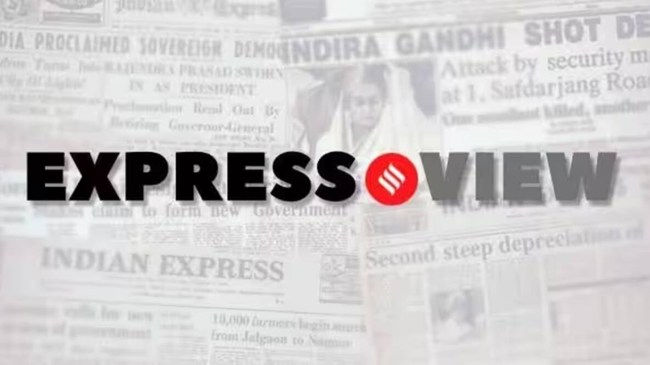Opinion Urdu is as Indian as Hindi
In upholding it as Indian, SC underscores that language should be celebrated as meeting ground, not used as dividing line
 The 2011 Census data on language, in fact, illuminated Urdu's deep-rooted connection with various regions and communities in the country.
The 2011 Census data on language, in fact, illuminated Urdu's deep-rooted connection with various regions and communities in the country. At a time of deepening divides, the Supreme Court’s observations on Urdu in Varshatai w/o Sanjay Bagade vs State Of Maharashtra on Tuesday come as a welcome affirmation of India’s pluralistic ethos. Responding to a former councillor’s petition challenging the use of Urdu on a municipal signboard in Maharashtra’s Patur, the apex court observed, “The prejudice against Urdu stems from the misconception that Urdu is alien to India. This opinion, we are afraid, is incorrect as Urdu, like Marathi and Hindi, is an Indo-Aryan language. It is a language which was born in this land.” The Court upheld the use of Urdu on the signboard.
The ruling not only underlines the constitutional right to linguistic diversity but also underscores Urdu’s integral role in the nation’s syncretic cultural and intellectual heritage. Increasingly viewed through the narrow prism of an identity politics that considers Urdu to be an Islamic import, there have been push backs against Urdu in recent times. In February, this year, for instance, Urdu was a notable absence in the list of languages for translation of the Uttar Pradesh Legislative Assembly proceedings — UP has the sixth highest proportion of Urdu speakers in the country. In 2021, retail giant Fabindia had to withdraw an advertorial about a Diwali collection, after a backlash from right-wing Hindu groups, for naming it Jashn-e-Riwaaz. And yet, Urdu’s journey had begun from the shared experiences and interactions of diverse communities in the subcontinent — through vibrant interactions with Persian, Arabic, Turkish, and the vernacular dialects of North India. It culminated in what the Court said was the “finest specimen of Ganga-Jamuni tehzeeb, or the Hindustani tehzeeb, which is the composite cultural ethos of the plains of northern and central India”, a language of refinement, grace, and cosmopolitanism, that gave voice to both delicate romanticism and fierce political consciousness, to poets and rebels.
The 2011 Census data on language, in fact, illuminated Urdu’s deep-rooted connection with various regions and communities in the country. Contrary to the misconception that Urdu is predominantly spoken in the north, it showed the presence of significant Urdu-speaking populations in states like Maharashtra, Andhra Pradesh, Telangana, and Karnataka. The Census data pegged Urdu speakers in Maharashtra at 75.4 lakh; in Karnataka, the numbers stood at 66.18 lakh. At 10.83 per cent, Karnataka also has the highest proportion of Urdu speakers in the country. As the Court rightly pointed out, “Language is not religion. Language does not even represent religion. Language belongs to a community, to a region, to people… Language is culture.” Rather than viewing it as a dividing line, therefore, all languages, including Urdu, should be celebrated as a meeting ground, a woven tapestry of ideas, cultures and people.






